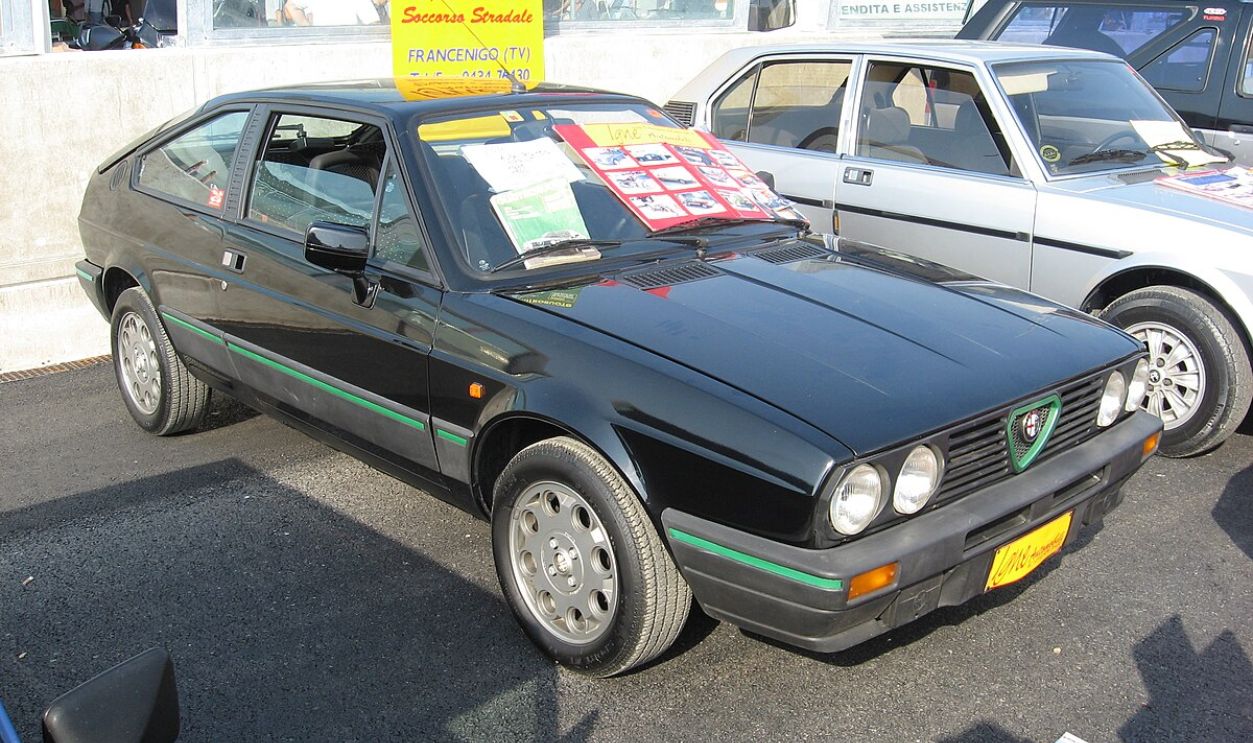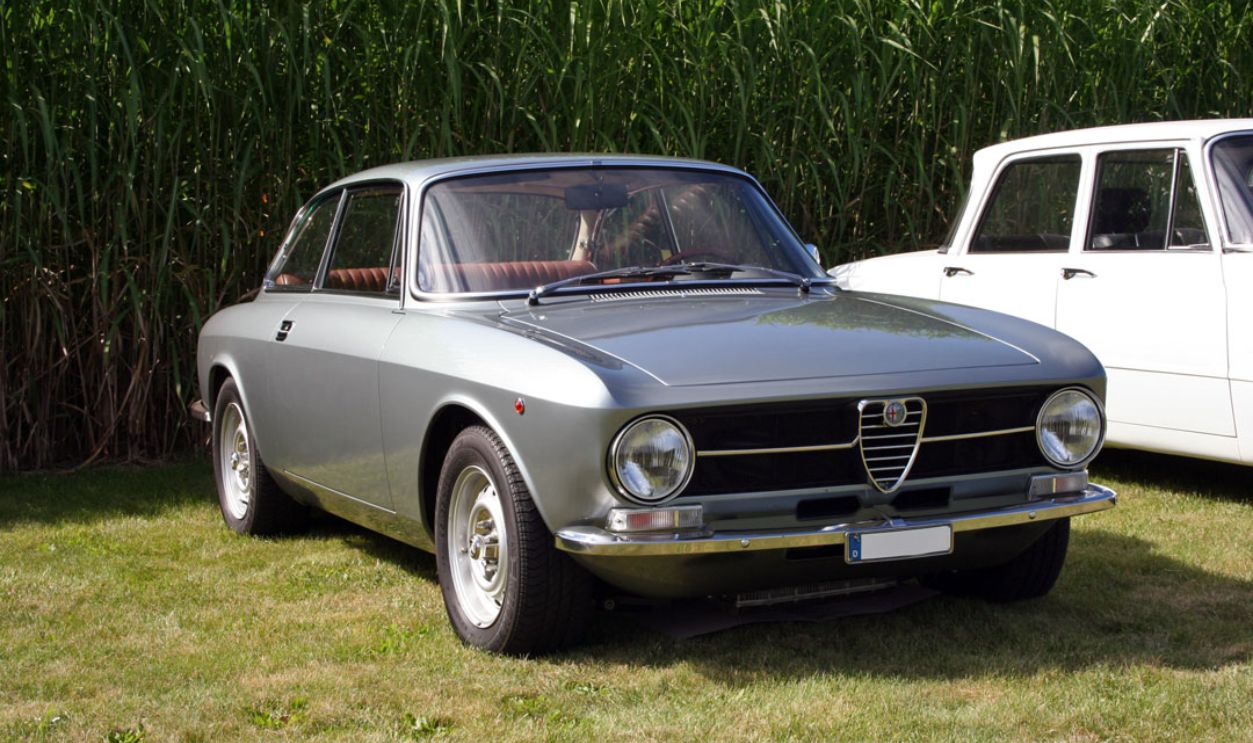Italian Icons
Forget stuffy museum tours—this is where Italian thunder sleeps. Each machine in the Italian museum, especially the ones mentioned here, is a time capsule of raw power that a car enthusiast would love to ogle.
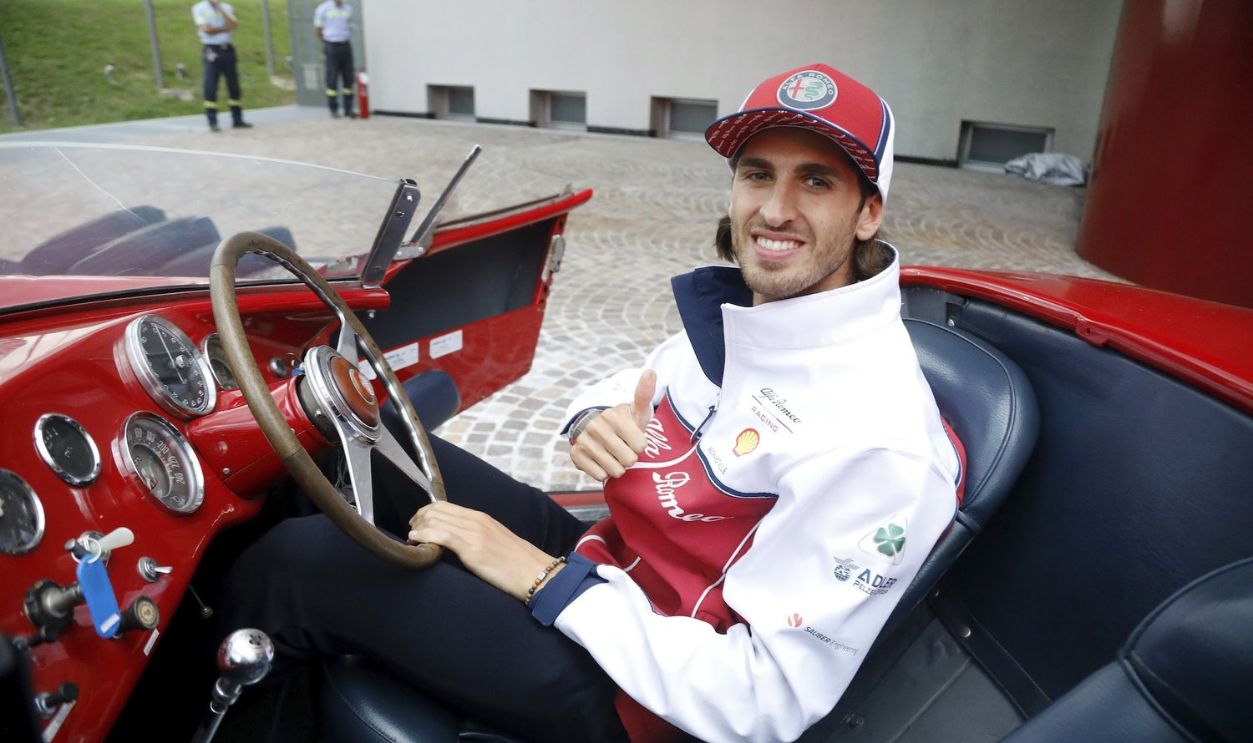
Alfa Romeo 8C Competitzione
Just 500 pieces of the production version were made when this car was first introduced as a concept at the Frankfurt Motor Show in 2003. It holds a top speed close to 190 mph (306 km/h). It's got a 6-speed automated sequential transmission.
 Keanan from Orlando, United States, CC BY 2.0, Wikimedia Commons
Keanan from Orlando, United States, CC BY 2.0, Wikimedia Commons
Alfa Romeo 8C Competitzione (Cont.)
The 8C Competitzione employed a rear-wheel-drive layout with a transaxle configuration for optimal weight distribution. This beast had a 4.7-liter V8 engine that was borrowed from Ferrari, cranking out about 450 horsepower at 7,000 rpm and 470 nm of torque.
 Cornel Pex from La Senia, Spain, CC BY 2.0, Wikimedia Commons
Cornel Pex from La Senia, Spain, CC BY 2.0, Wikimedia Commons
Alfa Romeo 8C Competitzione (Cont.)
Its maximum speed is close to 181 mph (292 km/h), and it can accelerate up to 62 mph in more or less 4 seconds. The body of this car was constructed from a combination of aluminum, titanium, and carbon fiber.
 Thomas doerfer, CC BY-SA 3.0, Wikimedia Commons
Thomas doerfer, CC BY-SA 3.0, Wikimedia Commons
Alfa Romeo Bimotore
This racing car was developed in the mid-1930s to compete in the fiercely competitive Grand Prix racing scene dominated by German manufacturers like Mercedes and Auto Union. The Bimotore came with two supercharged inline-eight engines.
 Alan from Doncaster, UK, CC BY 2.0, Wikimedia Commons
Alan from Doncaster, UK, CC BY 2.0, Wikimedia Commons
Alfa Romeo Bimotore (Cont.)
Each engine displaced 3.165 liters—one engine at the front and another just behind the driver. With these powerful engines, the Bimotore could reach a speed exceeding 190 mph (over 300 km/h). The car's weight should be around 2,866 lb (1,300 kg).
 Arnaud 25, CC BY-SA 3.0, Wikimedia Commons
Arnaud 25, CC BY-SA 3.0, Wikimedia Commons
Alfa Romeo Bimotore (Cont.)
Interestingly, the Bimotore made its competitive debut in the 1935 Tripoli Grand Prix, where it was driven by amazing racers such as Tazio Nuvolari and Louis Chiron. The two finished fourth and fifth, respectively.
 Agence de presse Meurisse, Wikimedia Commons
Agence de presse Meurisse, Wikimedia Commons
Alfa Romeo Montreal
The Montreal, which was created by Marcello Gandini at Bertone, had a nice front grille, pop-up headlights, and a sporty coupe profile. It was driven by a 2.6-liter DOHC V8 engine, which gave approximately 197 horsepower at 6,500 rpm.
 Marvin Raaijmakers, CC BY-SA 2.5, Wikimedia Commons
Marvin Raaijmakers, CC BY-SA 2.5, Wikimedia Commons
Alfa Romeo Montreal (Cont.)
The engine utilized SPICA fuel injection and had a dry sump lubrication system. The famous Montreal even came with a 5-speed ZF manual transmission featuring a curb weight of around 2,800 lbs (1,270 kg) and a wheelbase of 2,350 mm.
 Matthias v.d. Elbe, CC BY-SA 4.0, Wikimedia Commons
Matthias v.d. Elbe, CC BY-SA 4.0, Wikimedia Commons
Alfa Romeo Montreal (Cont.)
The production vehicle was first presented as a concept at Expo 67 in Montreal, Canada, and then formally exhibited at the 1970 Geneva Motor Show. The car could race from zero to 62 mph (100km/h) in approximately 7.4 seconds.
 Brian Snelson, CC BY 2.0, Wikimedia Commons
Brian Snelson, CC BY 2.0, Wikimedia Commons
Alfa Romeo 8C 2300 Corto
This car was built between 1931 and 1934 and was famous for its racing history, especially in the Mille Miglia, a legendary endurance race in Italy. It was powered by a supercharged straight-eight engine with a displacement of 2,336 cc.
 Bryce Walker, CC BY 2.0, Wikimedia Commons
Bryce Walker, CC BY 2.0, Wikimedia Commons
Alfa Romeo 8C 2300 Corto (Cont.)
With this, the car was capable of producing around 155 horsepower. A total of about 188 units were produced between the corto (short) and lungo (long) versions, which makes it a rare classic today. It was able to go from zero to sixty mph in ten seconds.
 Ed Callow, CC BY 2.0, Wikimedia Commons
Ed Callow, CC BY 2.0, Wikimedia Commons
Alfa Romeo 8C 2300 Corto (Cont.)
The Corto variant has a shorter wheelbase of approximately 2,743 mm (107.9 inches) compared to its longer counterpart. A four-speed manual transmission shifts the power to the back wheels, enabling precise control.
 Andrew Bone from Weymouth, England, CC BY 2.0, Wikimedia Commons
Andrew Bone from Weymouth, England, CC BY 2.0, Wikimedia Commons
Alfa Romeo Giulia
The Giulia was revealed in June 2015 and hit the streets in February 2016, marking Alfa Romeo's comeback to the saloon scene after they stopped making the 159 in 2011. Known internally as Type 952, it is built on the FCA Giorgio platform.
 ilikewaffles11, CC BY 2.0, Wikimedia Commons
ilikewaffles11, CC BY 2.0, Wikimedia Commons
Alfa Romeo Giulia (Cont.)
This allows for a rear-wheel-drive layout, a rarity in its class. It was available in different trims, like the base Giulia, mid-level Super, and high-performance Quadrifoglio. Also, the standard models were powered by a turbocharged 2.0-liter inline-four engine.
 MrWalkr, CC BY-SA 4.0, Wikimedia Commons
MrWalkr, CC BY-SA 4.0, Wikimedia Commons
Alfa Romeo Giulia (Cont.)
With the 2.9-liter twin-turbo V6 (Quadrifoglio), you would get around 505 horsepower, which enables the car to race to 60 mph in just 3.9 seconds. This variant was, of course, made for enthusiasts seeking maximum performance.
 Alexander Migl, CC BY-SA 4.0, Wikimedia Commons
Alexander Migl, CC BY-SA 4.0, Wikimedia Commons
Alfa Romeo Carabo
A novel idea for an automobile, the Alfa Romeo Carabo, made its debut at the 1968 Paris Motor Show. The name "Carabo" is apparently derived from the iridescent green and orange colors that are reminiscent of the Carabus auratus.
 edvvc, CC BY 2.0, Wikimedia Commons
edvvc, CC BY 2.0, Wikimedia Commons
Alfa Romeo Carabo (Cont.)
The Carabo was built on the chassis of the Alfa Romeo 33 Stradale, with a mid-mounted 2.0 L V8 engine that produces around 230 horsepower. It is equipped with a 6-speed Colotti manual transmission to allow it to attain a high speed of about 155 mph.
 nakhon100, CC BY 2.0, Wikimedia Commons
nakhon100, CC BY 2.0, Wikimedia Commons
Alfa Romeo Carabo (Cont.)
This one’s wheelbase has a measurement of around 92.5 inches, a length of 164.2 inches, width 70.1 inches, and a height of 39.0 inches. Its curb weight is also around 1,543 lbs (700 kg).
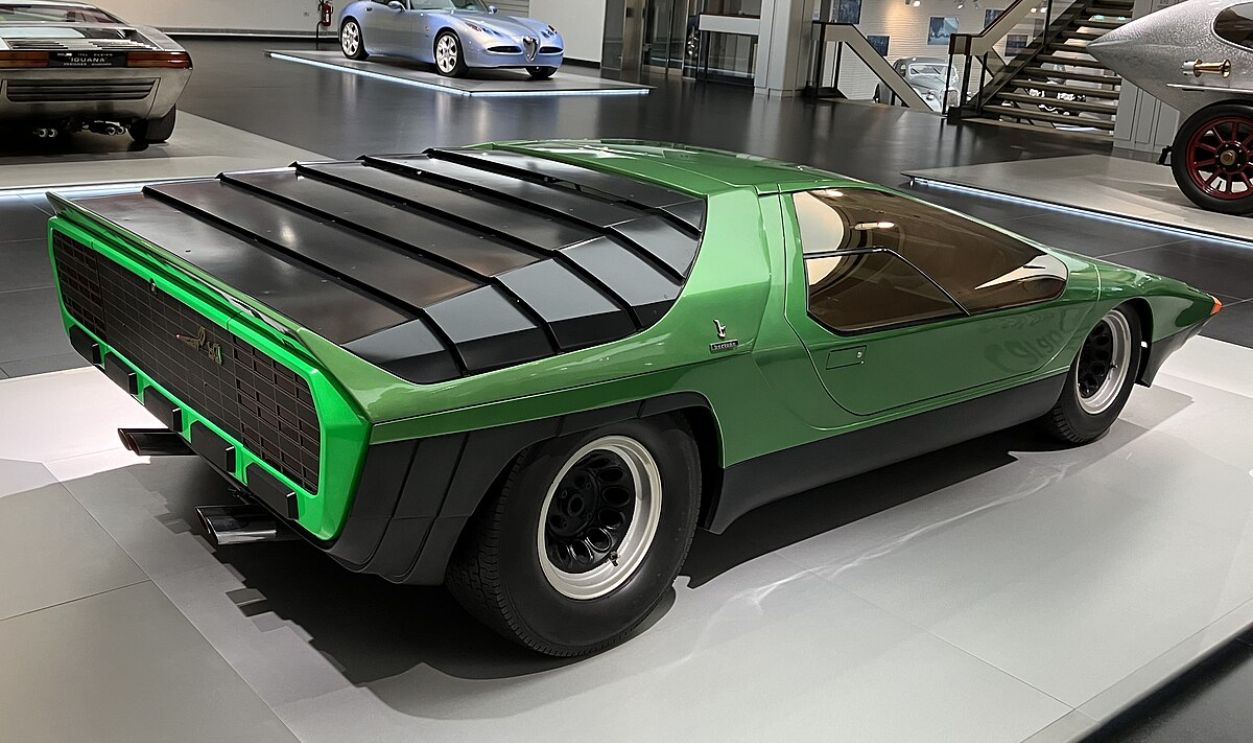 pelican-actor, CC BY 2.0, Wikimedia Commons
pelican-actor, CC BY 2.0, Wikimedia Commons
Alfa Romeo 8C 2900 Lungo
You could consider this one of the finest examples of Italian craftsmanship. With a curb weight of approximately 2,756 lb (1,250 kg), the vehicle strikes a balance between power and agility. This one was designed by the coachbuilder Touring.
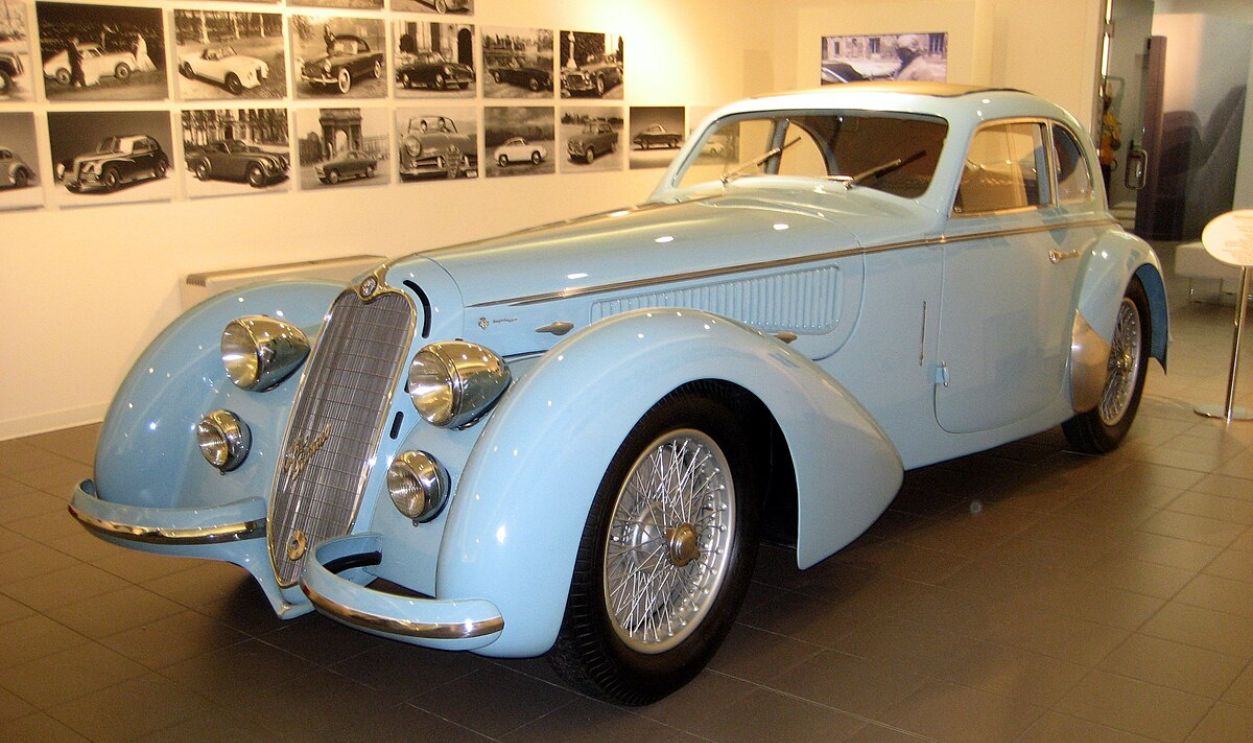 Neal Parish, CC BY-SA 2.0, Wikimedia Commons
Neal Parish, CC BY-SA 2.0, Wikimedia Commons
Alfa Romeo 8C 2900 Lungo (Cont.)
Its aluminum body was built using the Superleggera technique, allowing lightweight construction. The 8C 2900 Lungo was powered by a 2.9-liter inline-eight engine that pumped out close to 180 horsepower at 5,200 rpm.
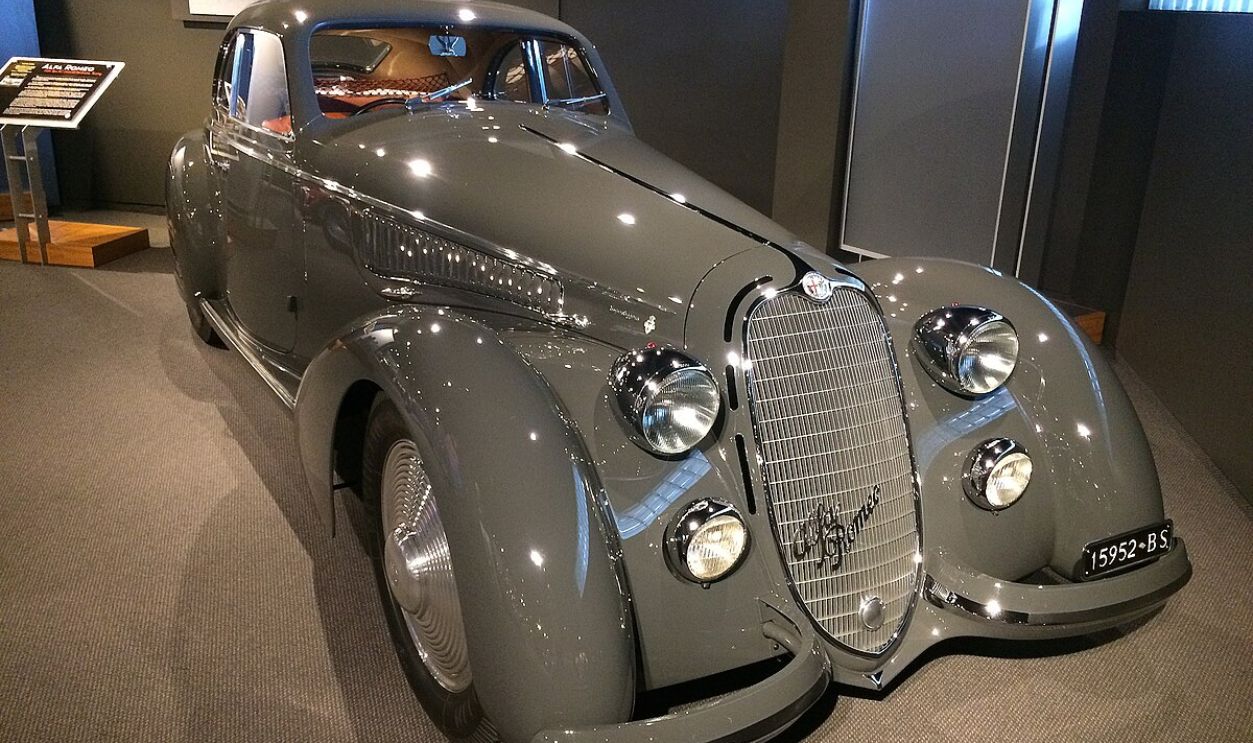 Alan Raine, CC BY 2.0, Wikimedia Commons
Alan Raine, CC BY 2.0, Wikimedia Commons
Alfa Romeo 8C 2900 Lungo (Cont.)
This engine featuring twin Roots superchargers produced around 180 horsepower at 5,200 rpm and had a compression ratio of 5.75:1. The car had a 4-speed manual transmission, which made it easy to switch gears smoothly.
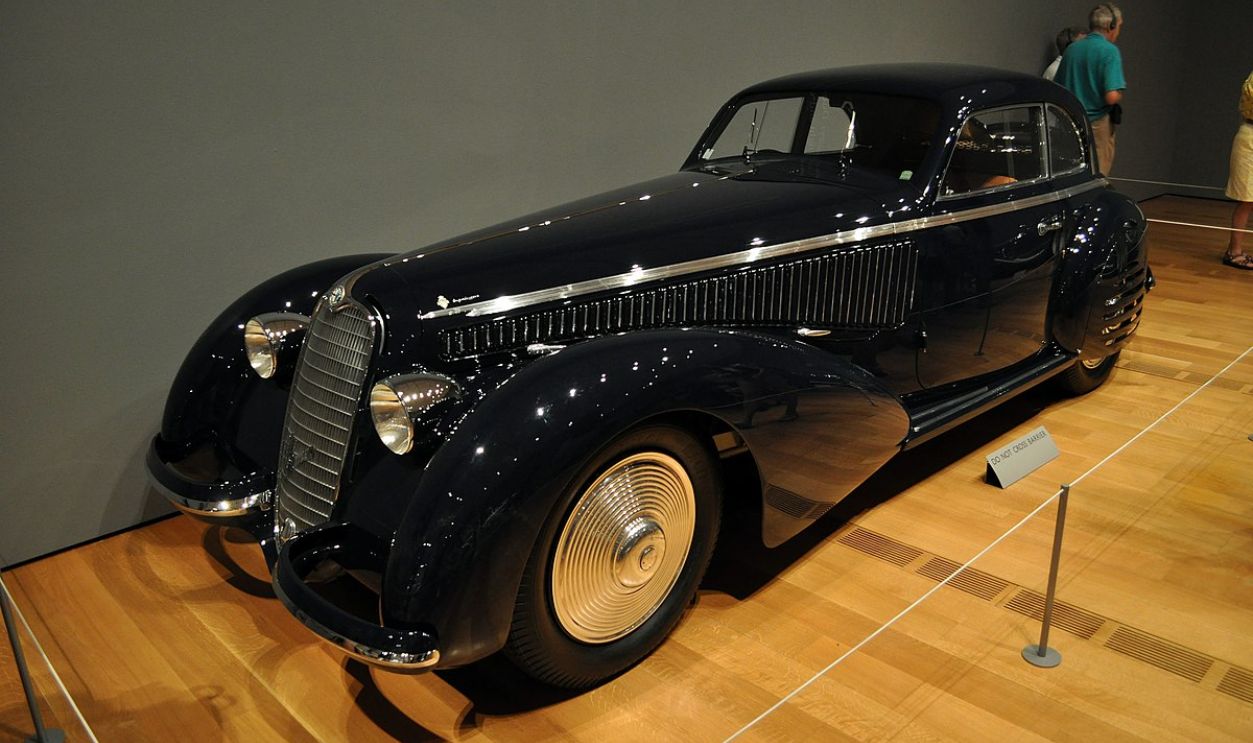 Mike, CC BY 2.0, Wikimedia Commons
Mike, CC BY 2.0, Wikimedia Commons
Alfa Romeo Giulia TZ 2
The Alfa Romeo Giulia TZ2 is a cool sports car that popped up in the mid-1960s and has become quite famous. It was introduced as a successor to the Giulia TZ, designed primarily for racing. It quickly established itself as a contender in motorsport.
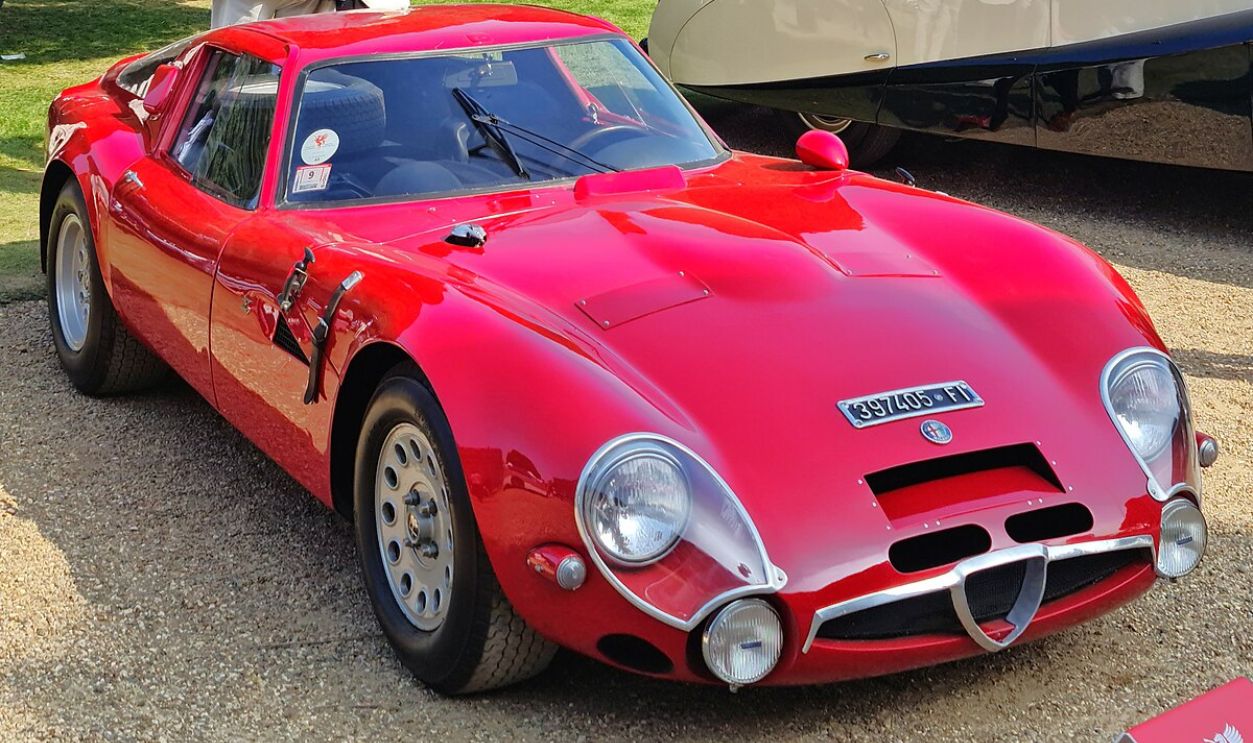 MrWalkr, CC BY-SA 4.0, Wikimedia Commons
MrWalkr, CC BY-SA 4.0, Wikimedia Commons
Alfa Romeo Giulia TZ 2 (Cont.)
The vehicle has a top speed of roughly 152 mph and can take you from 0 to 60 mph in 7 seconds. Twin-spark ignition, a dual overhead camshaft (DOHC) design, and two Weber 45 DCOE carburetors ignite this engine.
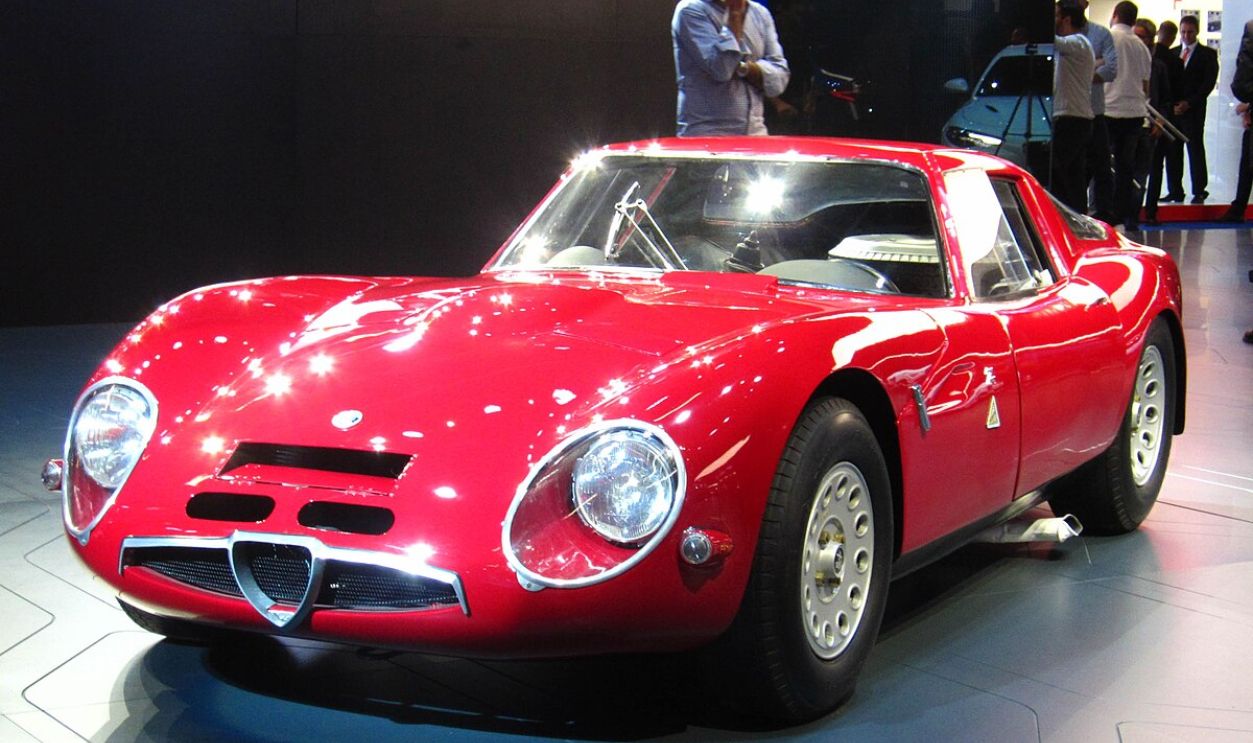 Rutger van der Maar, CC BY 2.0, Wikimedia Commons
Rutger van der Maar, CC BY 2.0, Wikimedia Commons
Alfa Romeo Giulia TZ 2 (Cont.)
The 1.6-liter inline-four engine (1570 cc) that drove the Giulia TZ2 generated about 170 horsepower at 7,500 rpm. The engine had two Weber 45 DCOE carburetors, twin-spark ignition, and a dual overhead camshaft (DOHC) design.
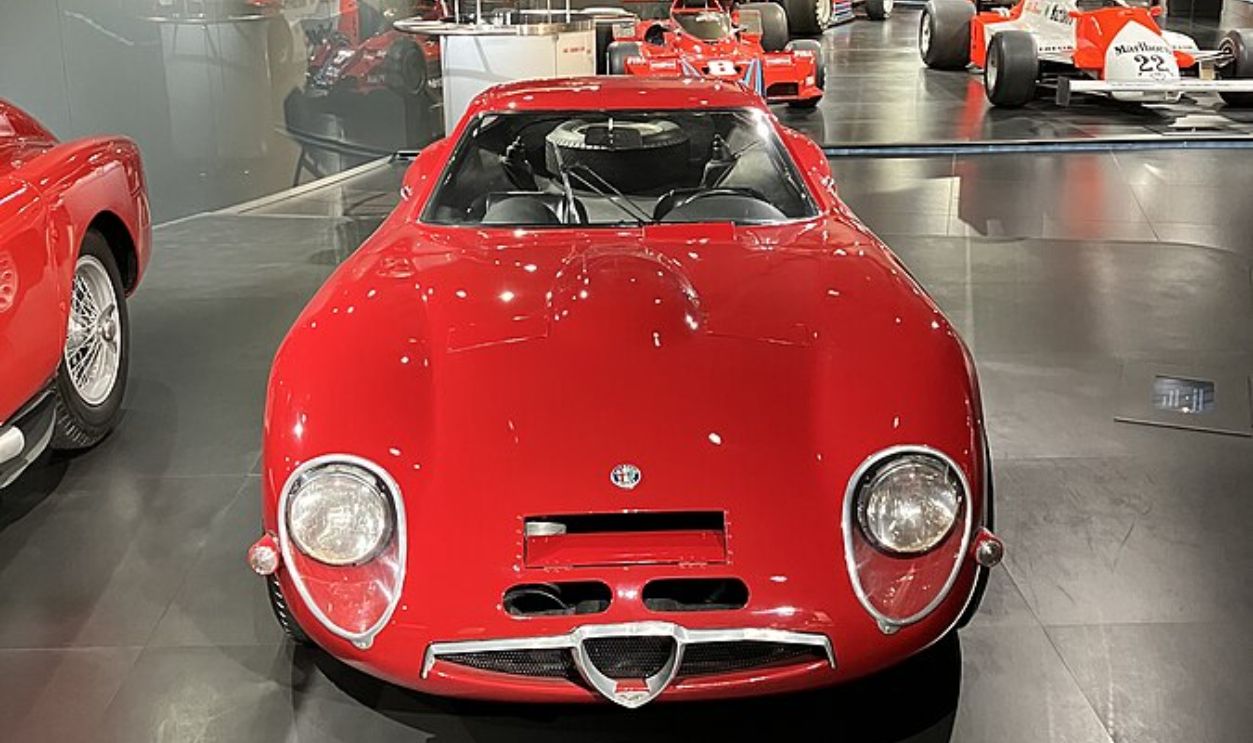 pelican-actor, CC BY 2.0, Wikimedia Commons
pelican-actor, CC BY 2.0, Wikimedia Commons
Alfa Romeo Alfasud
The Alfasud, created by Giorgetto Giugiaro at Italdesign, was distinguished by its boxer engine arrangement and front-wheel drive setup. It had a manual transmission with four or five speeds. The Alfasud was offered with various boxer four-cylinder engines.
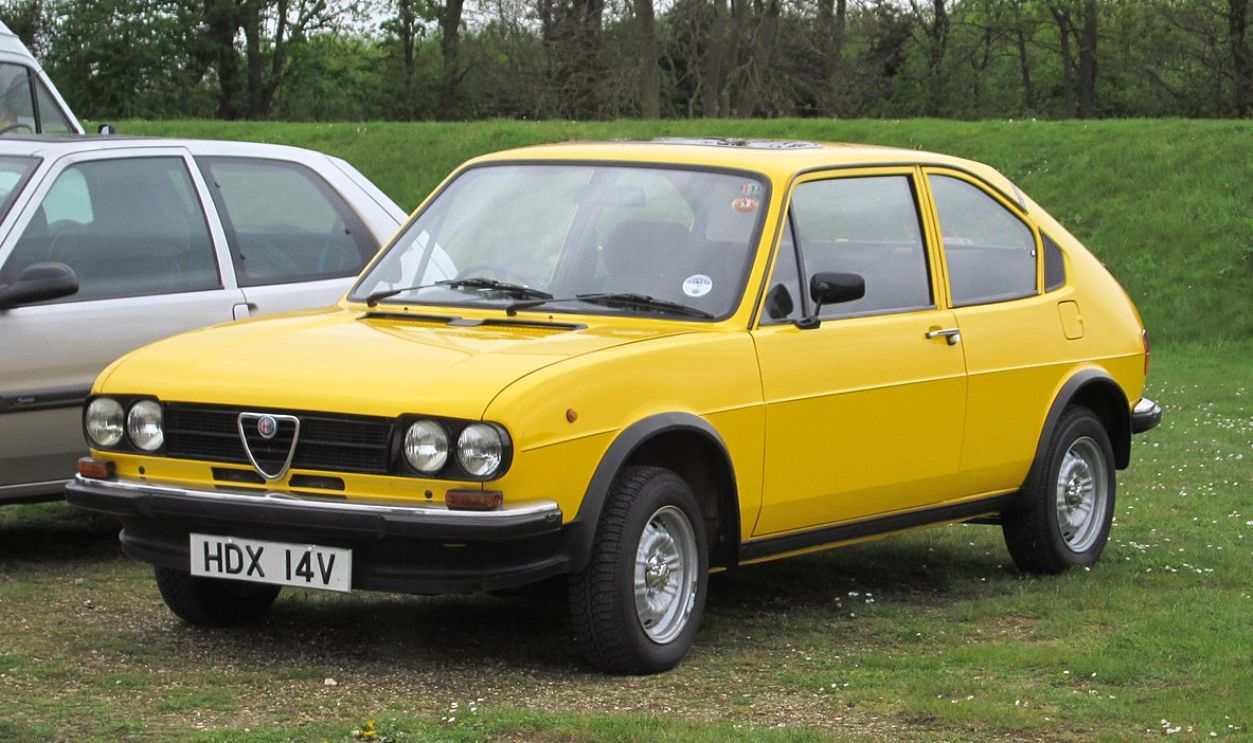 Charles01, CC BY-SA 3.0, Wikimedia Commons
Charles01, CC BY-SA 3.0, Wikimedia Commons
Alfa Romeo Alfasud (Cont.)
These included the 1.2 L (1,186 cc), 1.3 L (1,286 cc), 1.4 L (1,350 cc), and a 1.5 L (1,490 cc) engine. Even though this beauty was first structured as a hatchback, it was also available in coupe (Alfasud Sprint) and station wagon (Giardinetta) variants.
Alfa Romeo Alfasud (Cont.)
For this one, the top speed varied by engine but could reach up to approximately 90 mph (145 km/h). In terms of length, the car was around 3,890 mm (153 inches) to 3,975 mm (156.5 inches) for the Giardinetta variant.
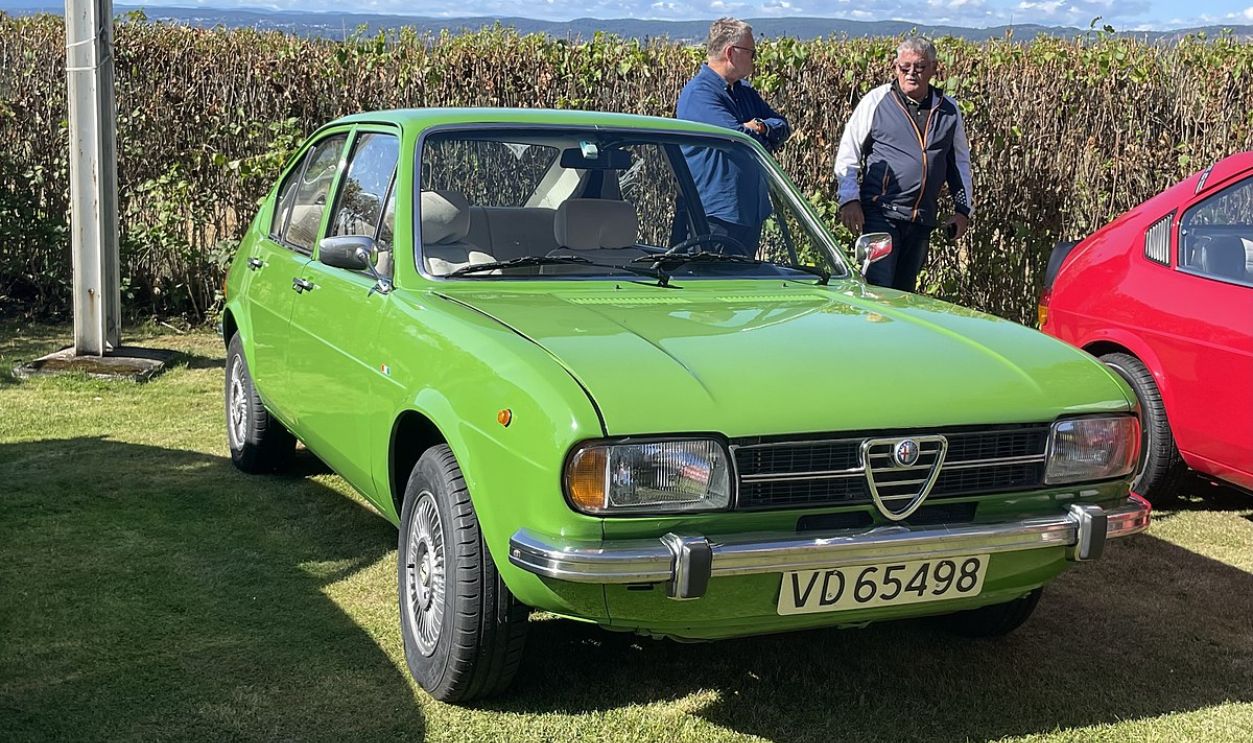 Ssu, CC BY-SA 4.0, Wikimedia Commons
Ssu, CC BY-SA 4.0, Wikimedia Commons
Alfa Romeo Iguana
At first, the Iguana had a 1,995-cc DOHC V8 engine that could produce up to 266 horsepower, but it only delivered about 230 horsepower at 8,000 rpm. Included with this engine was SPICA fuel injection and a 6-speed manual gearbox (Colotti gearbox).
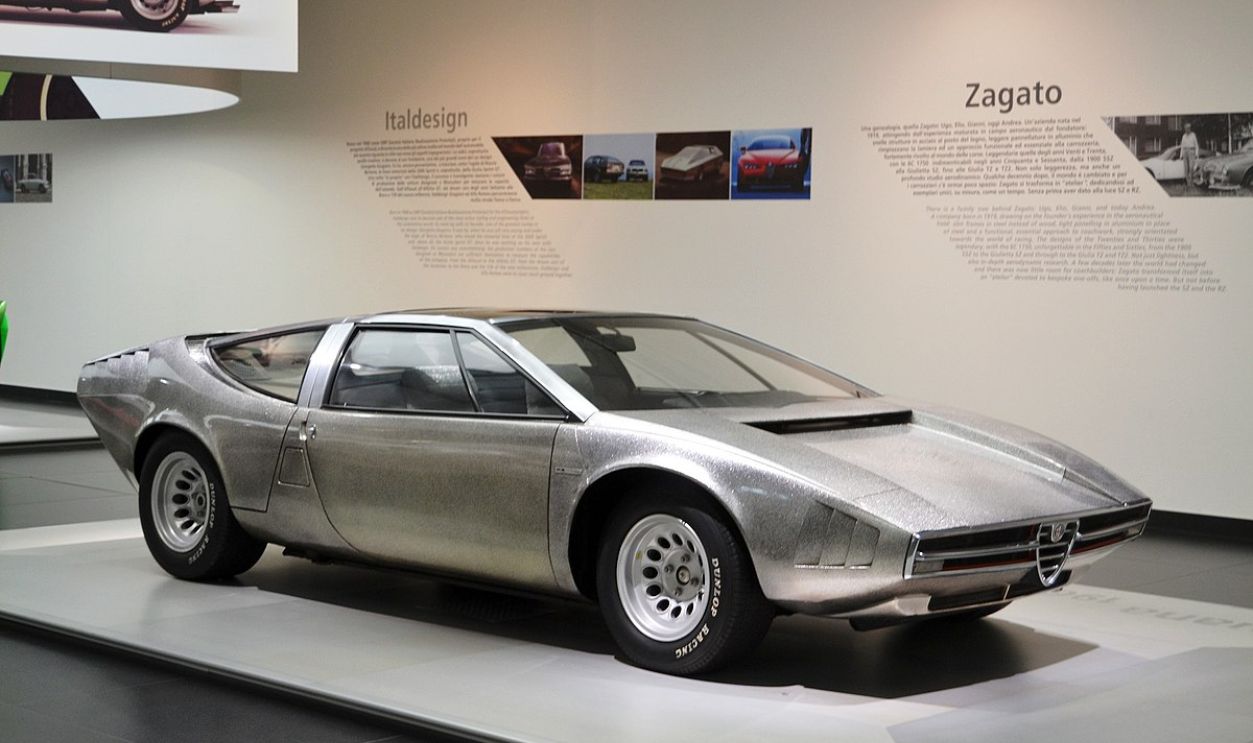 Matthias v.d. Elbe, CC BY-SA 4.0, Wikimedia Commons
Matthias v.d. Elbe, CC BY-SA 4.0, Wikimedia Commons
Alfa Romeo Iguana (Cont.)
At one point, the original engine was replaced with a larger 2,593 cc V8, originally developed for the Alfa Romeo Montreal. The exterior was painted in a metal-flake grey, complemented by brushed stainless steel elements on the roof frame and cabin pillars.
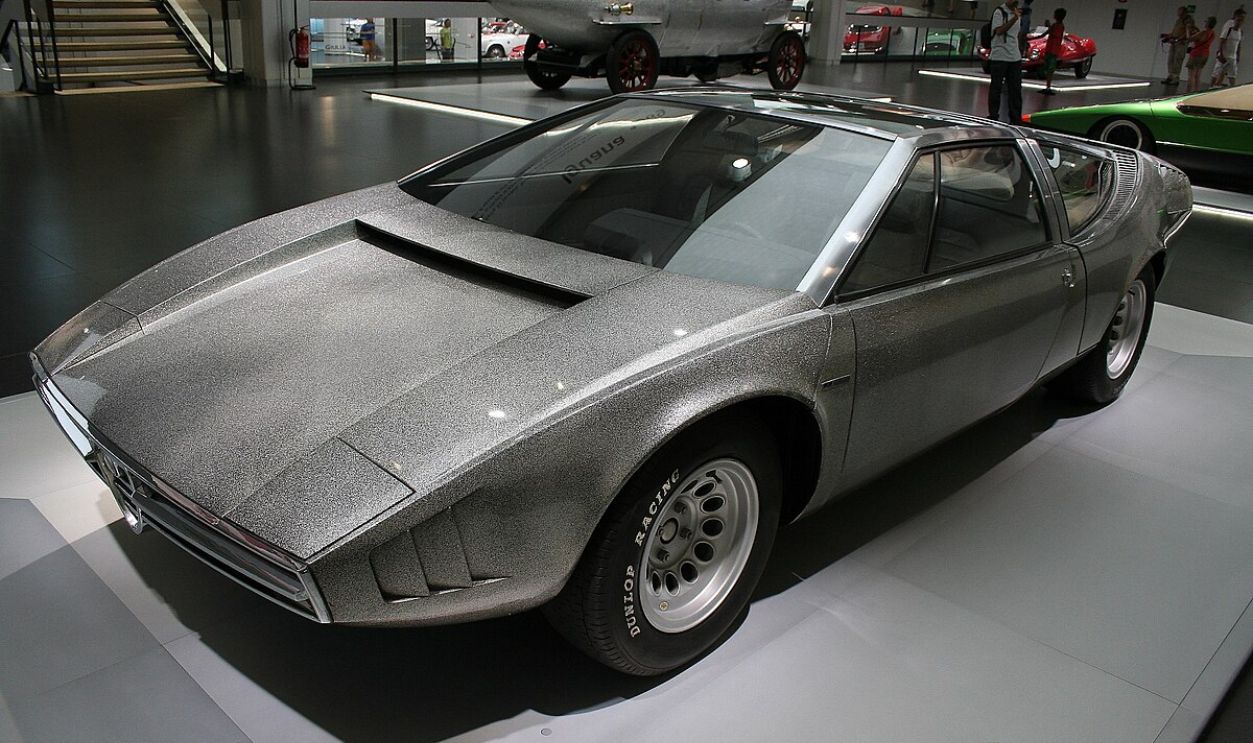 Andrea Volpato, CC BY-SA 2.0, Wikimedia Commons
Andrea Volpato, CC BY-SA 2.0, Wikimedia Commons
Alfa Romeo Iguana (Cont.)
The Iguana was a 2-door coupé with a striking wedge-shaped profile, characterized by its low, aerodynamic lines and unique high-mounted tail lights. Also, the maximum speed this vehicle could get to was about 161.6 mph (260 km/h).
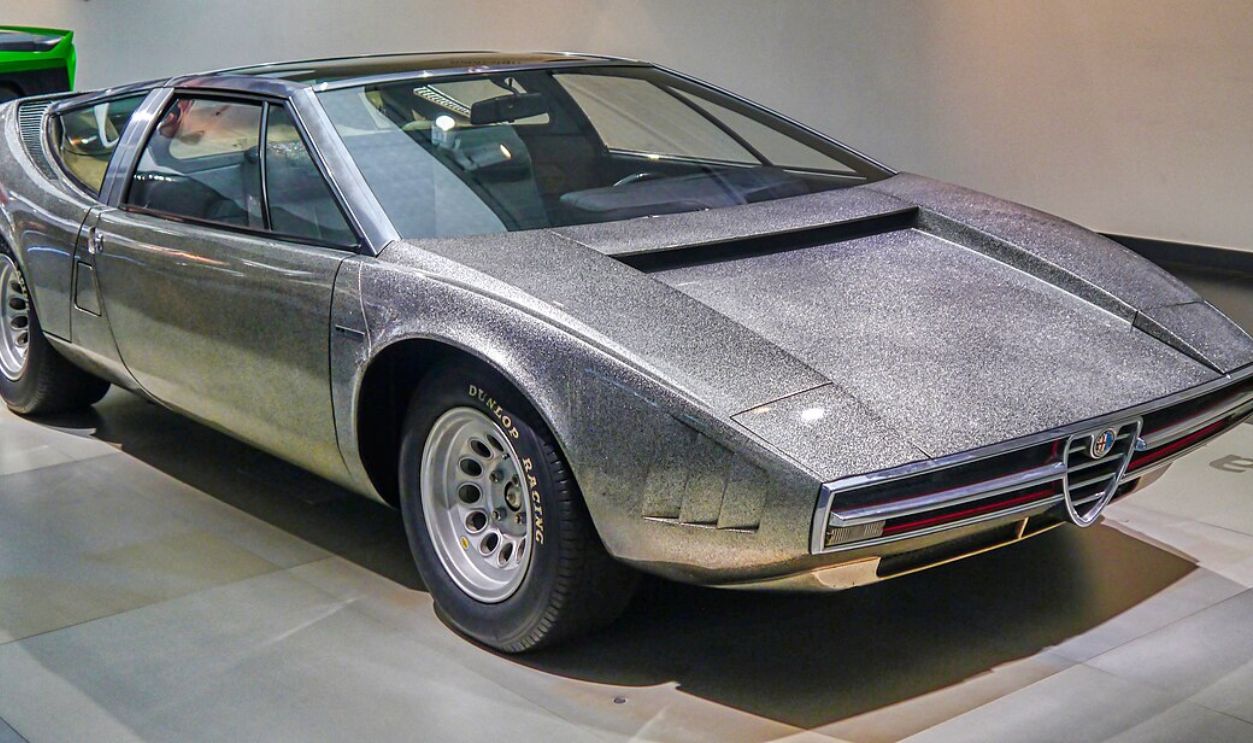 Zairon, CC BY-SA 4.0, Wikimedia Commons
Zairon, CC BY-SA 4.0, Wikimedia Commons
A.L.F.A. 24 HP
This was the first car made by the Italian company Alfa (which later turned into Alfa Romeo). The 24 HP, created by Giuseppe Merosi and built at the Portello factory in Milan, Italy, was initially produced in 1910 and continued to be made until 1914.
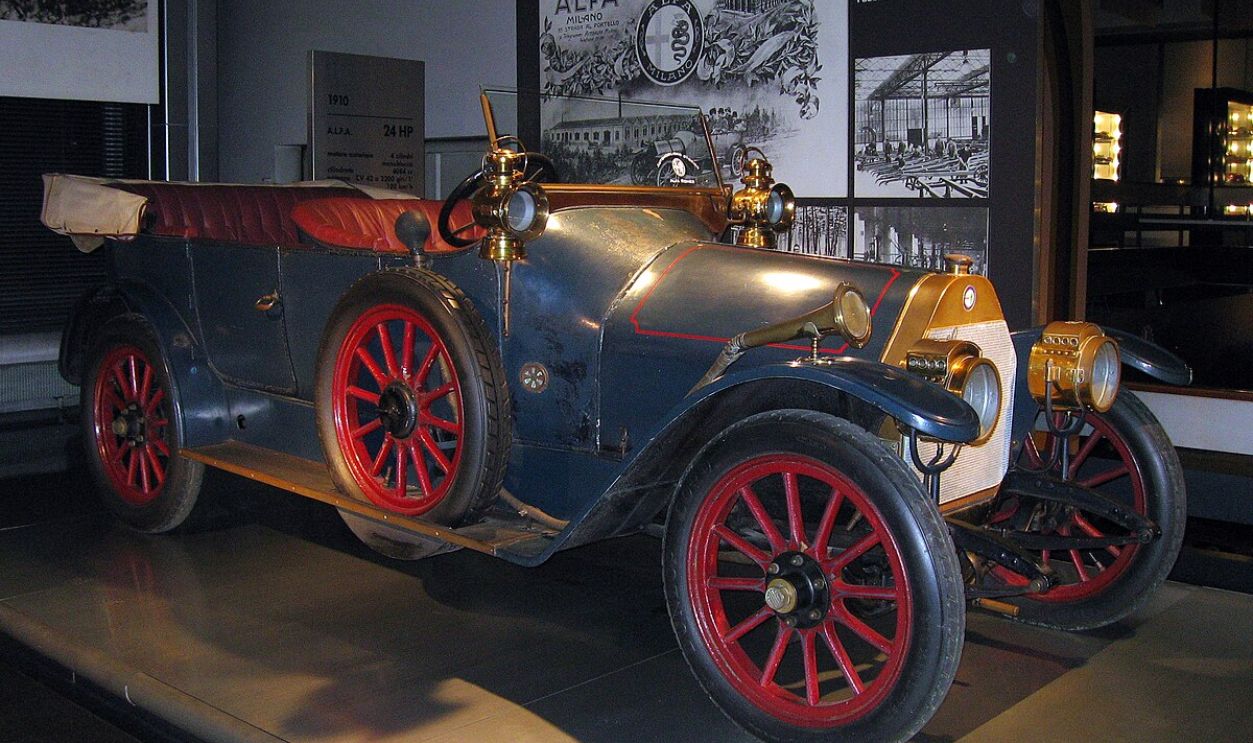 James Temple, CC BY 2.0, Wikimedia Commons
James Temple, CC BY 2.0, Wikimedia Commons
A.L.F.A. 24 HP (Cont.)
The 24 HP has a 4.1-liter inline-four engine with a displacement of 4084 cc. At first, it cranked out about 42 horsepower at 2,200 rpm, but later models managed to hit around 49 horsepower. With a rear-wheel-drive setup, you would get a 4-speed manual transmission.
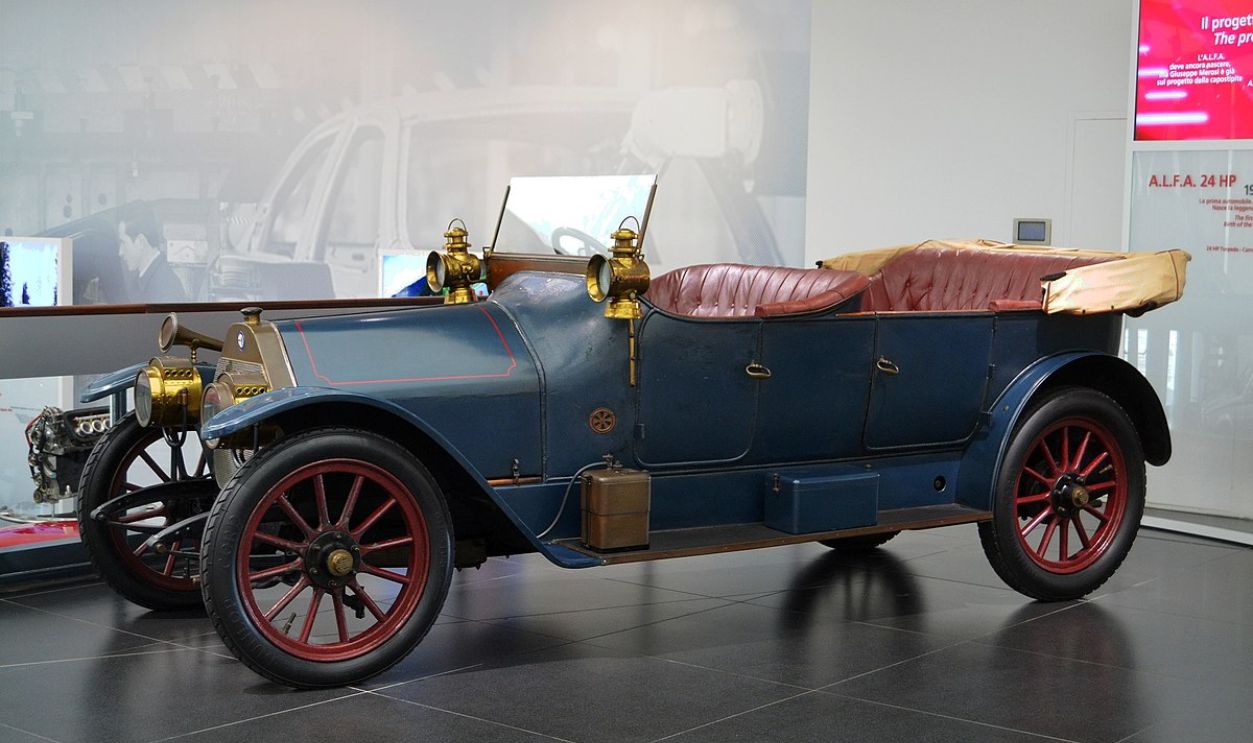 Matthias v.d. Elbe, CC BY-SA 4.0, Wikimedia Commons
Matthias v.d. Elbe, CC BY-SA 4.0, Wikimedia Commons
A.L.F.A. 24 HP (Cont.)
For context, the name "24 HP" stands for its tax horsepower rating, which was commonly used for vehicle classification during that era. In 1914, this car evolved into the ALFA 20-30 HP, which continued production until after World War I.
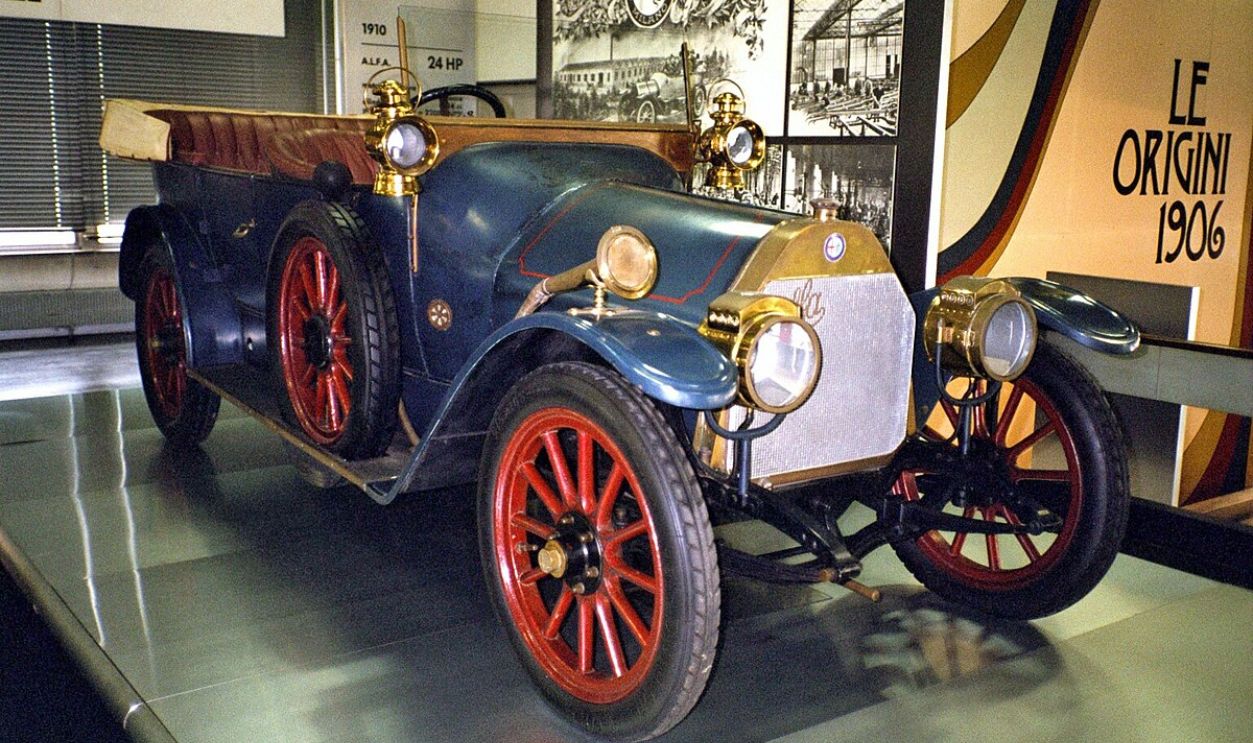 traumautoarchiv.de, CC BY-SA 2.0, Wikimedia Commons
traumautoarchiv.de, CC BY-SA 2.0, Wikimedia Commons
A.L.F.A. 24 HP (Cont.)
This automobile made its racing debut at the Targa Florio in May 1911, where specially modified racing versions of the car were created. These modifications included lightening the vehicles by eliminating bodywork, shortening the wheelbase, etc.
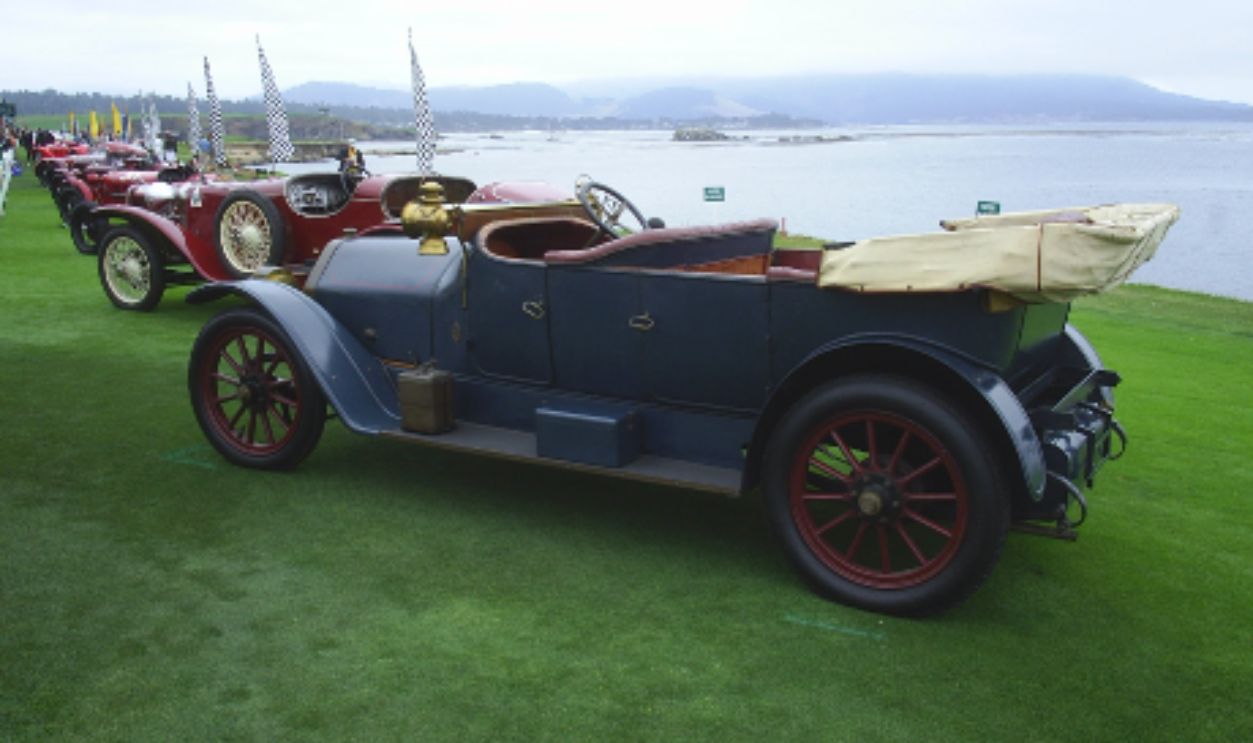 FeloniousMonk at English Wikipedia, Wikimedia Commons
FeloniousMonk at English Wikipedia, Wikimedia Commons
Alfa Romeo 33 Stradale
Considered to be among the first real supercars, the 33 Stradale was introduced in 1967 and was built for both road use and racing. The original 33 Stradale is powered by a mid-mounted 2.0-liter V8 engine, delivering about 230 horsepower at 8,800 rpm.
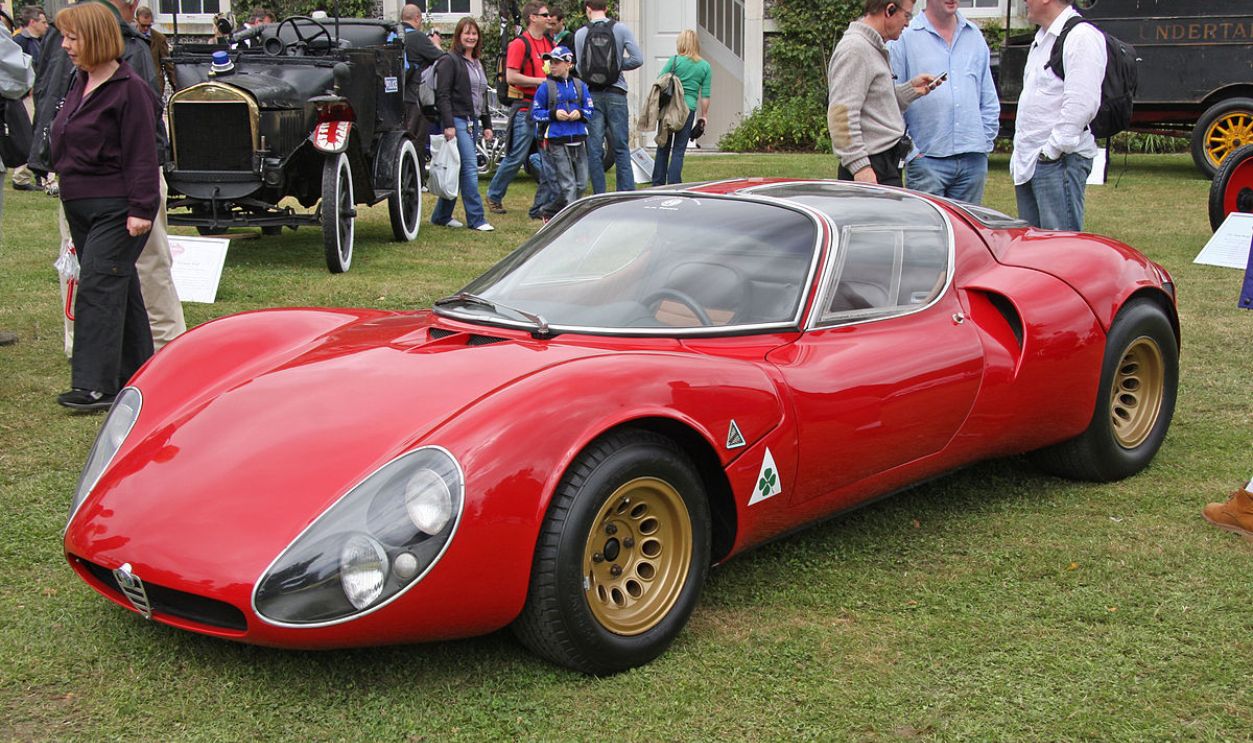 Brian Snelson from Hockley, Essex, England, CC BY 2.0, Wikimedia Commons
Brian Snelson from Hockley, Essex, England, CC BY 2.0, Wikimedia Commons
Alfa Romeo 33 Stradale (Cont.)
This engine was designed by Giuseppe Busso and featured a dry-sump lubrication system. It made use of a 6-speed manual transmission developed by Colotti. And the design of the 33 Stradale was crafted by the well-known Franco Scaglione.
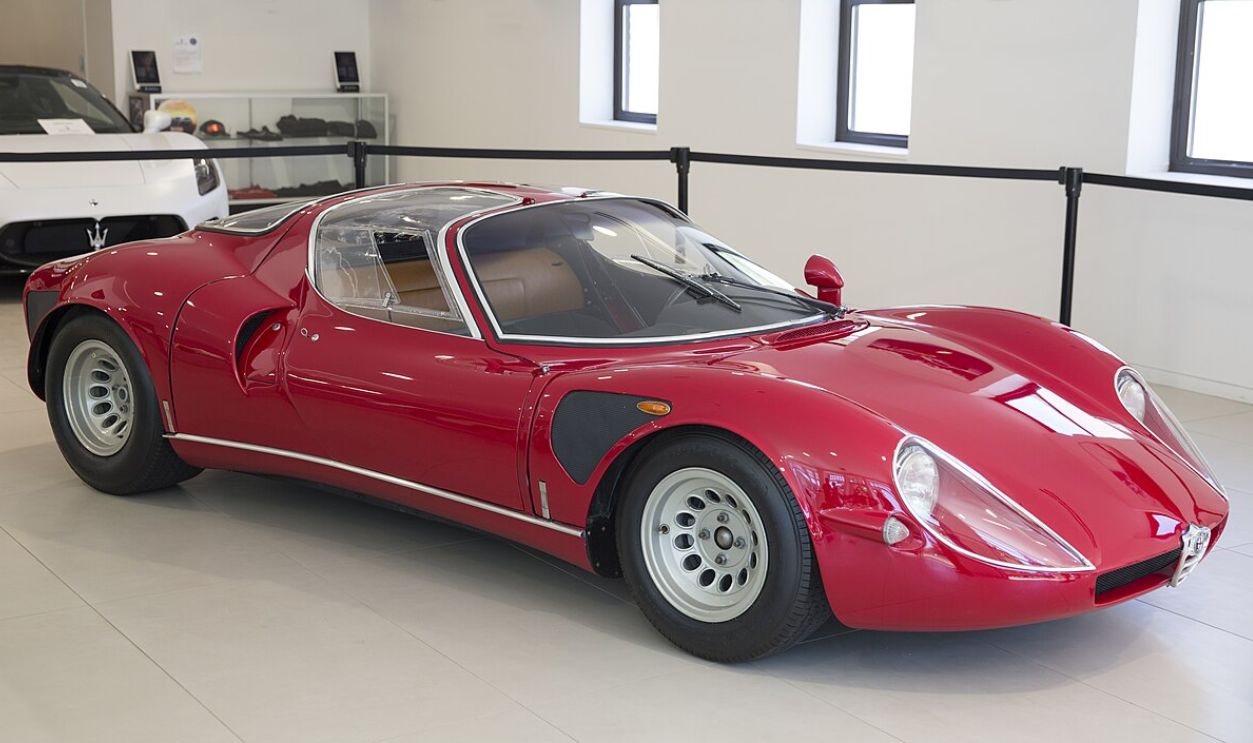 Mr.choppers, CC BY-SA 3.0, Wikimedia Commons
Mr.choppers, CC BY-SA 3.0, Wikimedia Commons
Alfa Romeo 33 Stradale (Cont.)
At its maximum speed, the car could reach 162 mph (260 km/h) and could speed from 0 to 60 mph under 5.5 seconds. The 33 Stradale was basically developed as a homologation special for the Tipo 33 racing program.
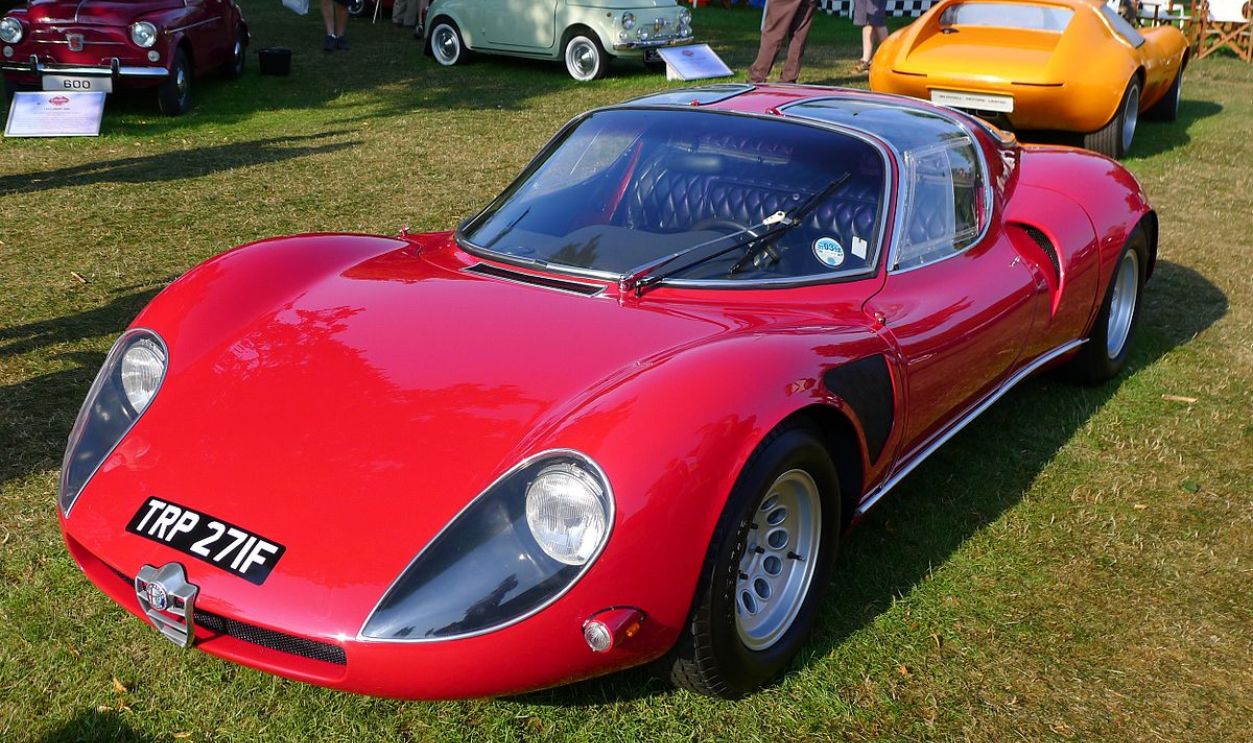 edvvc, CC BY 2.0, Wikimedia Commons
edvvc, CC BY 2.0, Wikimedia Commons
Alfa Romeo RL
The Alfa Romeo RL was around from 1922 to 1927 and was Alfa's first sports model after World War I. It was also designed by Giuseppe Merosi. The car featured a straight-six engine and was available in many versions, like the Normale, Turismo, and Sport.
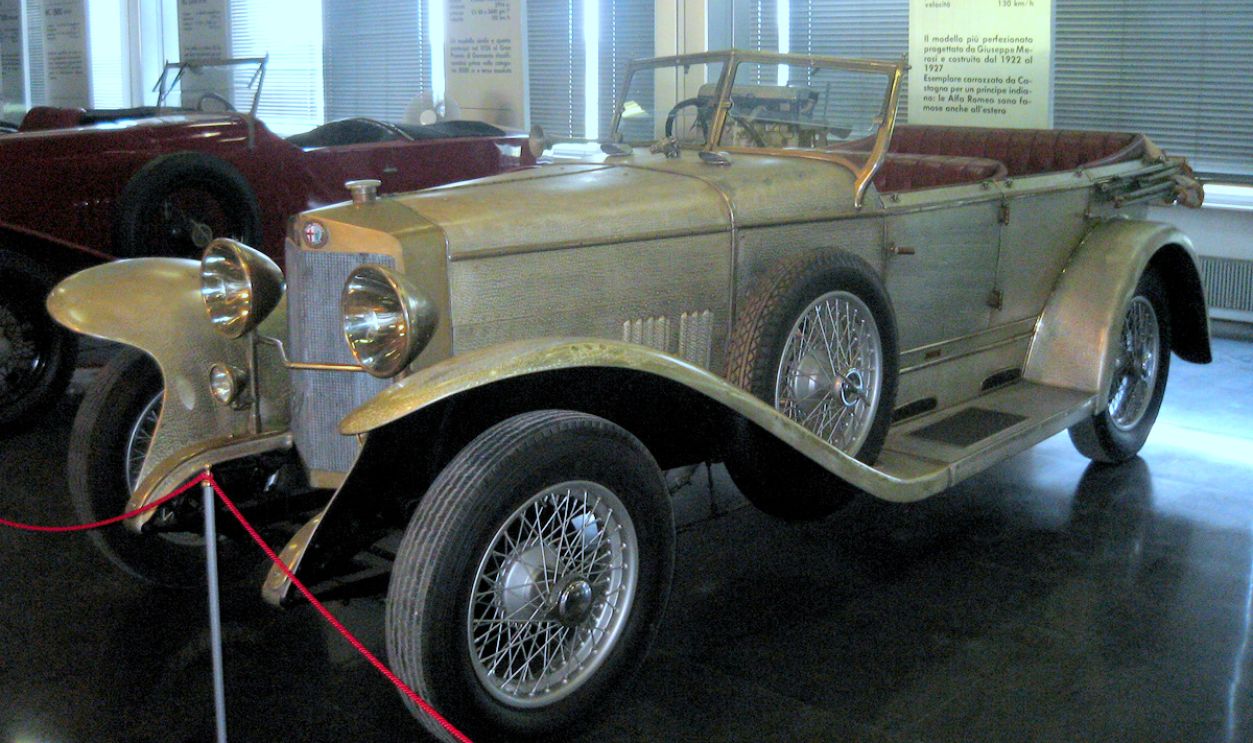 Lennart Coopmans, CC BY-SA 2.5, Wikimedia Commons
Lennart Coopmans, CC BY-SA 2.5, Wikimedia Commons
Alfa Romeo RL (Cont.)
When Alfa Romeo won the Targa Florio for the first time in 1923, Ugo Sivocci made racing history, and the RL Targa Florio was born. This win established the green cloverleaf symbol on a white background as a good luck token for the Alfa racing team.
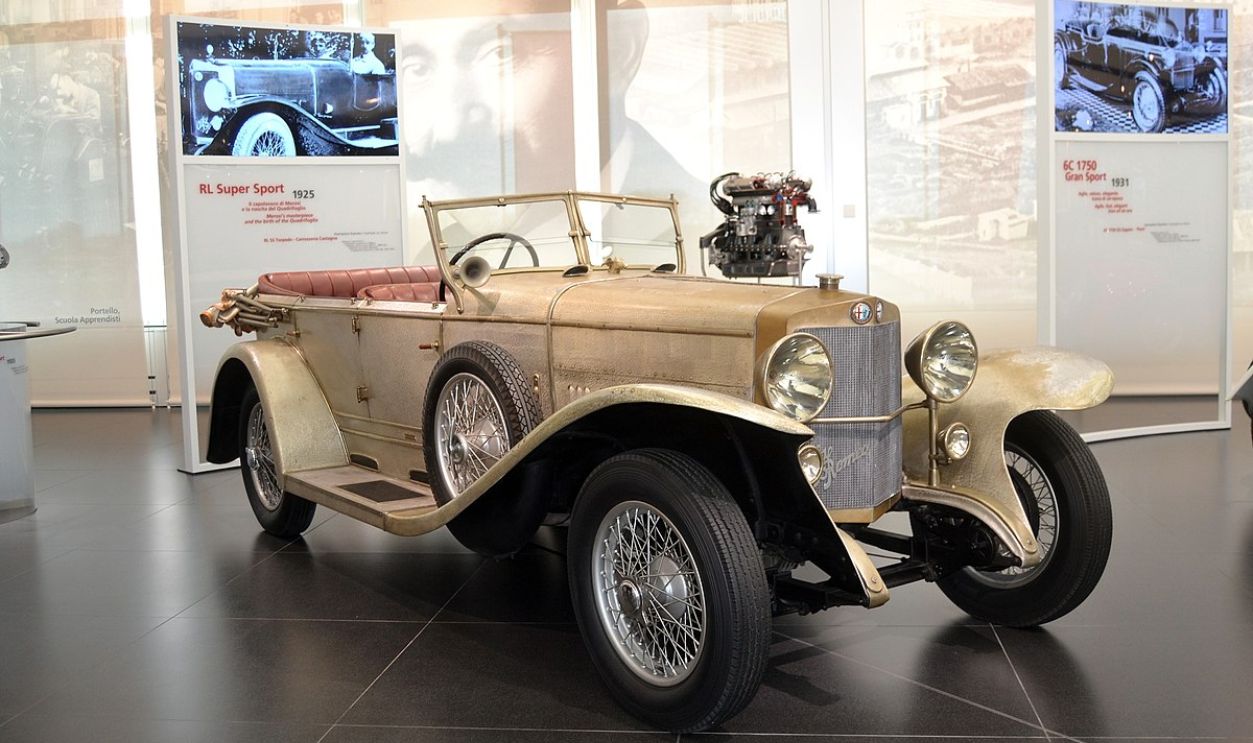 Matthias v.d. Elbe, CC BY-SA 4.0, Wikimedia Commons
Matthias v.d. Elbe, CC BY-SA 4.0, Wikimedia Commons
Alfa Romeo RL (Cont.)
The engine of the RL Targa Florio was more potent than that of its road-going competitors. Among the variants were engines with displacements varying from 3,154 cc, which produced roughly 95 PS, to 3,620 cc, which produced 125 PS (92 kW; 123 hp).
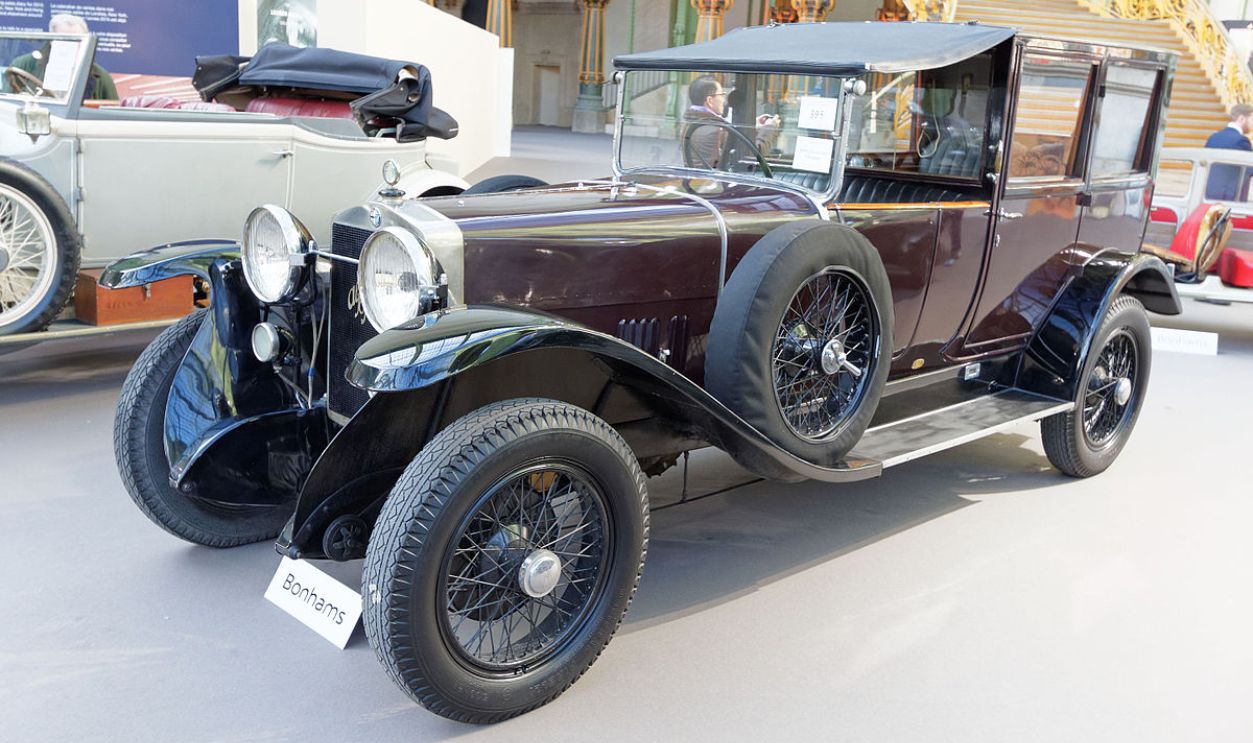 Thesupermat, CC BY-SA 4.0, Wikimedia Commons
Thesupermat, CC BY-SA 4.0, Wikimedia Commons
Alfa Romeo GT 1300 Junior
A noteworthy model in the Alfa Romeo portfolio, the GT 1300 Junior, was manufactured starting in 1965. The GT 1300 Junior has a 1.3-liter (1290 cc) inline-four engine. This engine pumps out about 87 PS (86 hp/64 kW) at 6,000 rpm.
Alfa Romeo GT 1300 Junior (Cont.)
The beast accelerates from 0 to 100 km/h in about 12.6 seconds and can achieve a speed of about 106 mph (170 km/h). The curb weight goes from around 2,050 lbs (930 kg) to about 2,227 lbs (1,010 kg) as per the specific model and options.
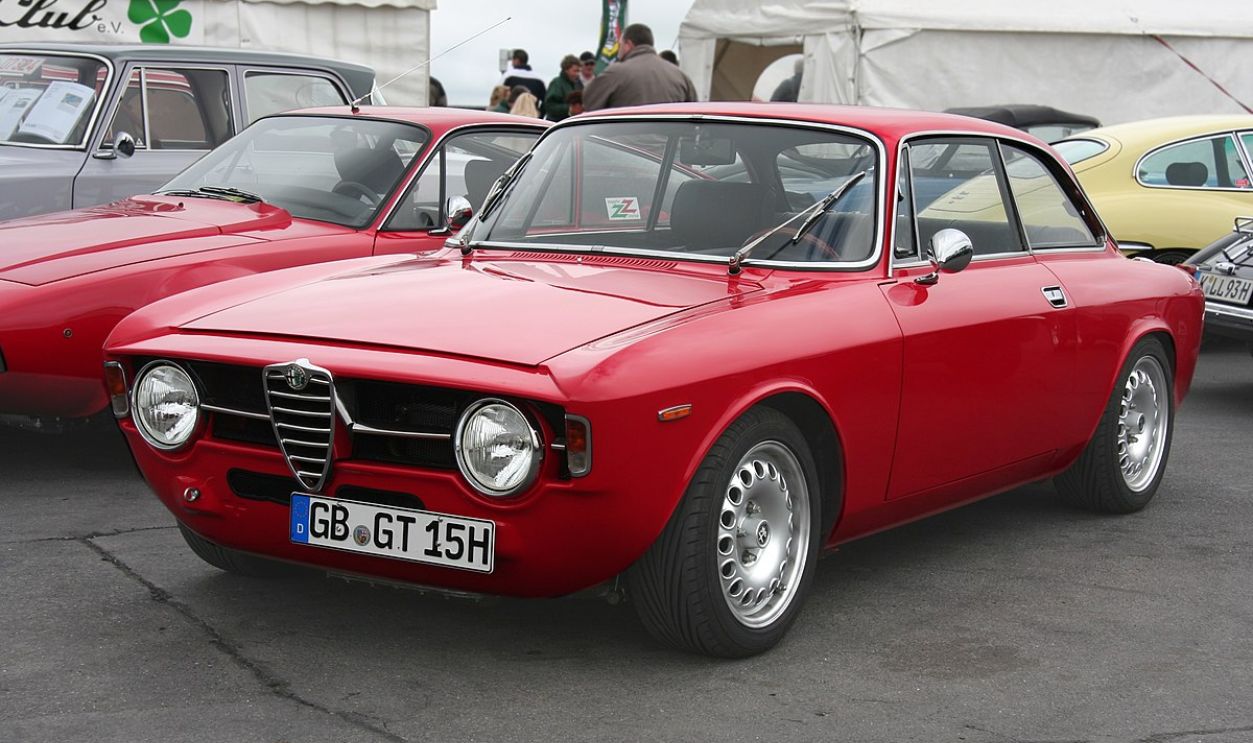 Lothar Spurzem, CC BY-SA 2.0, Wikimedia Commons
Lothar Spurzem, CC BY-SA 2.0, Wikimedia Commons
A.L.F.A 40/60 HP Aerodinamica
A 6.1-liter (6088 cc) straight-four engine that provides around 73 horsepower (74 PS/54 kW) at 2,200 rpm propels the 40/60 HP Aerodinamica. With two valves per cylinder, this engine has an overhead valve arrangement.
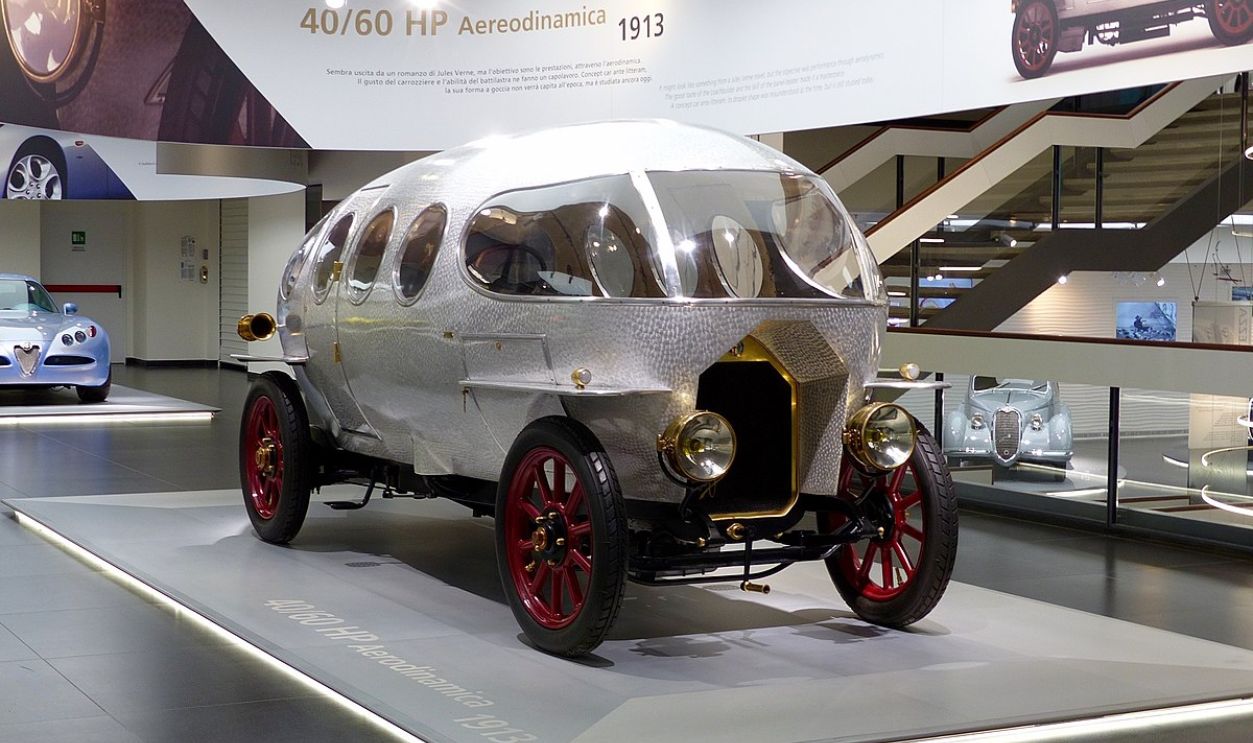 azrhey, CC BY-SA 2.0, Wikimedia Commons
azrhey, CC BY-SA 2.0, Wikimedia Commons
A.L.F.A 40/60 HP Aerodinamica (Cont.)
Smooth gear changes were made possible by its 4-speed manual gearbox. It was designed by Carrozzeria Castagna and aimed at reducing drag. So, the 40/60 HP Aerodinamica, also known as the Siluro Ricotti, was a prototype produced in 1914 by A.L.F.A.
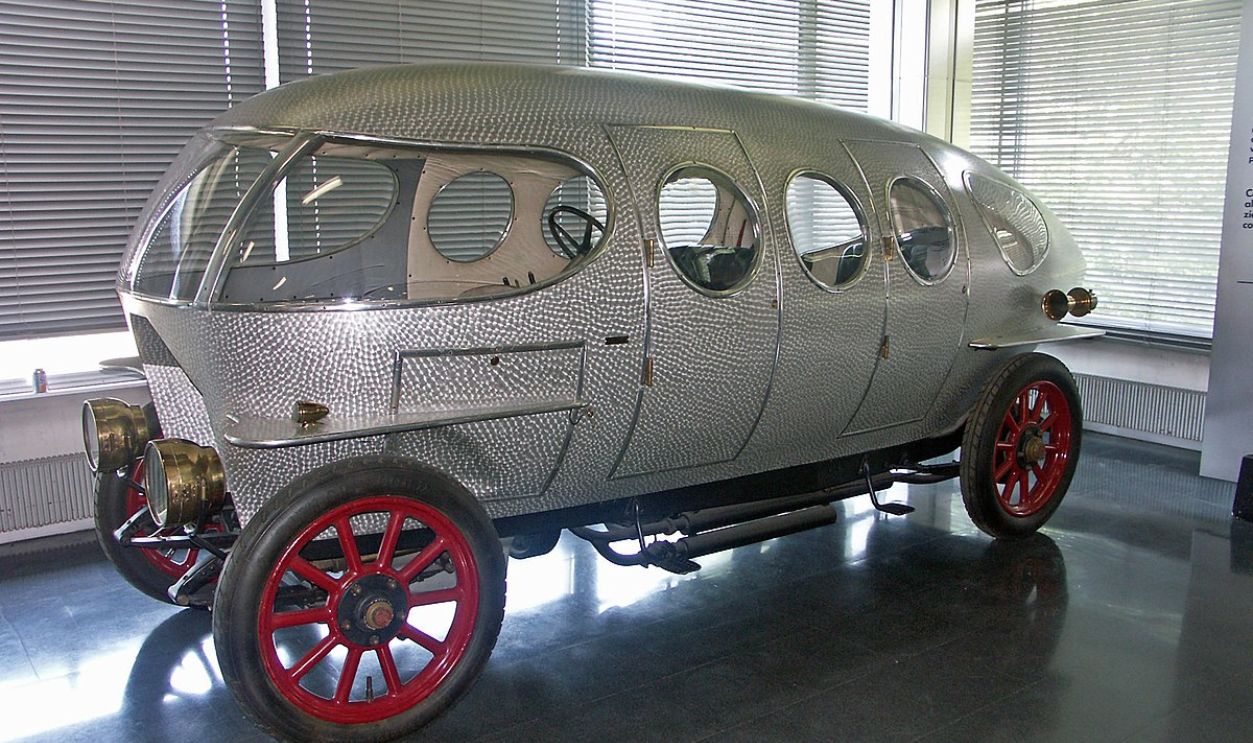 traumautoarchiv.de, CC BY-SA 2.0, Wikimedia Commons
traumautoarchiv.de, CC BY-SA 2.0, Wikimedia Commons


